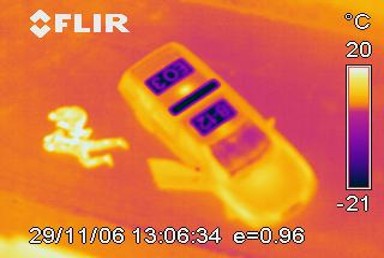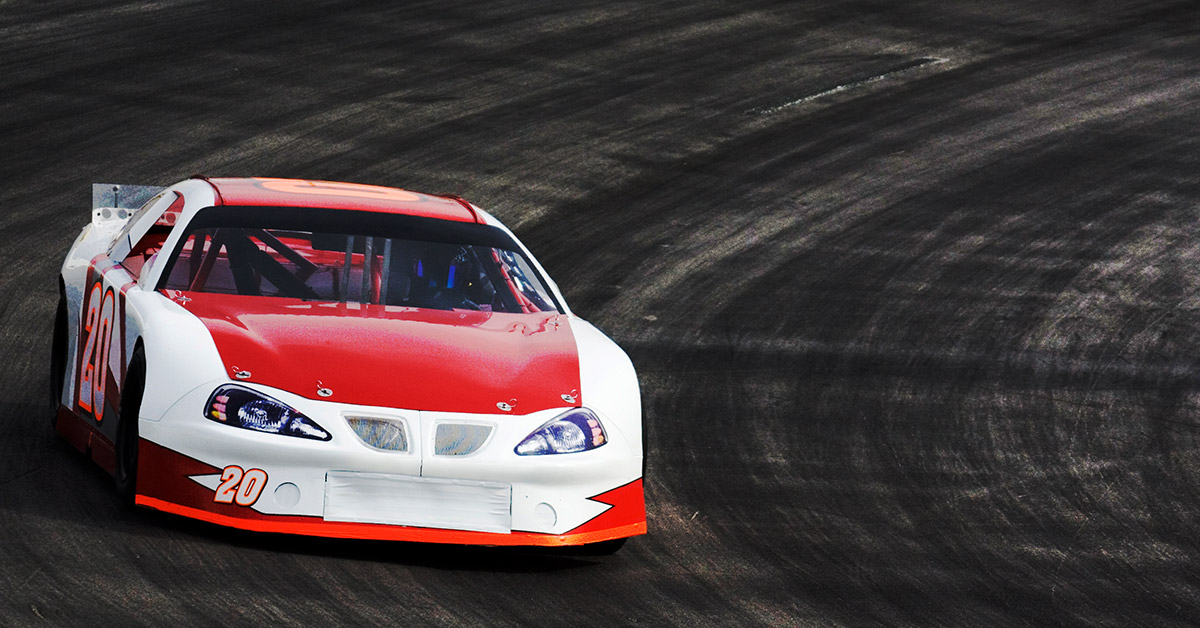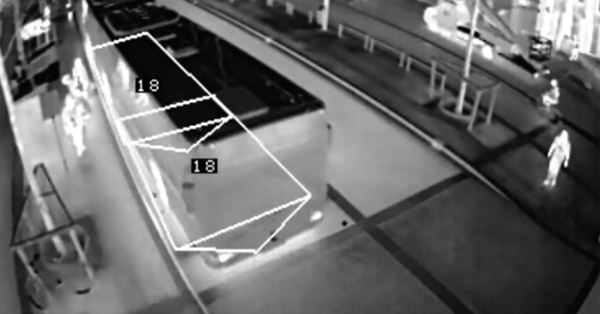Thermal imaging identification protects police and the public during high-speed pursuits

Thermal videos of police chases have long been a staple of television news coverage. Cameras, mounted on police helicopters, track police cars as they pursue a suspect.
As these videos show, it can be difficult to distinguish between different types of vehicles; to differentiate between law enforcement and civilians.
UK-based defence technology company QinetiQ worked with Teledyne FLIR thermal imaging cameras to solve this issue by developing a material to mark the top of emergency services vehicles.
Identifying police vehicles from the air at night
Identifying vehicles from the air is particularly important when air support units are following police chases, which are often high-speed and potentially dangerous. Without any thermal marking, it can be difficult to differentiate between police and civilian cars when viewing through a thermal imager.
Standard roof markings are invisible to thermal infrared cameras as they are the same temperature as the roof. This is fine for visual cameras as you would clearly see the police markings on top of the police car.
Aerial support units must be able to distinguish between a police car and the car it is chasing and identify specific emergency vehicles too.
However, in darkness, a police car and the vehicle it is chasing would look largely the same through a thermal imaging camera.
A comprehensive solution
To solve this problem QinetiQ used Teledyne FLIR thermal cameras to help develop a new type of thermal ID film, called Mirage.
This thin-film, self-adhesive material is applied to the roofs of vehicles to allow air support units to easily identify emergency service vehicles. Once applied, Mirage contrasts greatly with the rest of the car when viewed through a thermal camera, making it easy to differentiate between vehicles, and identify specific vehicles too.
To produce Mirage, researchers at QinetiQ first made a standard mirror with an extremely shiny surface. They then placed a filter over it that is transparent in thermal infrared to create the film.
The film then essentially acts like a mirror. When thermal imaging cameras view the material, it measures the temperature of the reflection, rather than the vehicle itself.
In the case of an air support unit following a police car, the reflection the camera measures on the roof of the car will be the sky above the helicopter. For example, at night it is therefore measuring the apparent temperature of the sky above the marked vehicle, which is -60°C, so the material appears to be cold, contrasting with the rest of the car on the thermal images. This clearly distinguishes vehicles with Mirage from those without it.

Increasing thermal contrast
The Mirage solution allows air support units to unambiguously identify service cars in all weather conditions, day or night. These thin-film markings on top of vehicles are highly visible with both medium and long-wave thermal imagers thanks to the increased thermal contrast the film provides.
The ability to accurately identify vehicles from the air allows emergency services to refer to call signs from the air and direct operations on the ground. This provides many benefits including improving operational tempo, effectiveness and situational awareness.
Dr Eoin O’Keefe, Senior Technical Consultant at QinetiQ, said: “On ‘Police Camera Action’ style videos where you see police cars chasing villains, you can see it's quite difficult to work out which vehicle is which. With the Mirage treatment on top of the vehicle, we can make a very specific marking that is recognised through the thermal imager. That thermal video footage can then be used in a court case. We usually use materials to reduce contrast, but on specific occasions such as this we look to increase the thermal contrast.
“We are usually working on the hiding and concealment of vehicles, people or other assets and equipment, using materials to reduce contrast, but on specific occasions such as this we look to increase the thermal contrast.”


